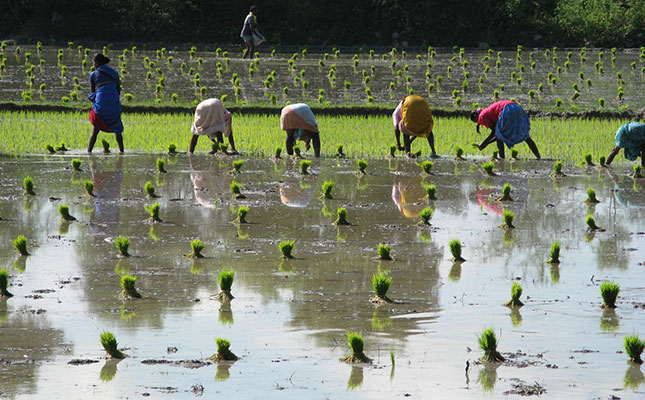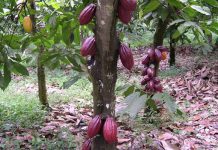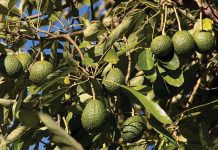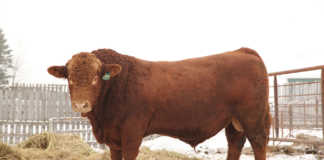
Photo: Pixabay
The banning of wheat exports sent shockwaves around the world amid the looming global food crises triggered by the Russia-Ukraine conflict.
India was by far the world’s largest exporter of rice, and the single largest source of rice for both Middle Eastern countries such as Saudi Arabia and the United Arab Emirates, as well as for developing nations in West Africa such as Ghana, Benin and Togo, according to Al Jazeera.
India was also China’s largest rice supplier, after the latter country started importing rice from the former a few years ago.
According to the US Department of Agriculture, demand for rice, a staple food for more than half the world’s population could reach new record highs globally this year.
Concern in international food markets about a possible ban on rice exports from India was therefore prompting importers to prepare for such an eventuality.
This had resulted in the value of the country’s rice exports rising by more than 10% year-on-year, mainly driven by such fears, according to analysts.
“If India imposes serious restrictions on rice exports, it would be pretty devastating, especially for some of the poorest nations that depend on those imports,” Paul Dorosh, director of development strategy at the International Food Policy Research Institute in the US, told Al Jazeera.
But, according to Vinod Kaul, executive director of the All India Rice Exporters’ Association, the sector’s leading industry body, such concerns were unfounded.
The latest harvest had been good, there were enough rice stocks in warehouses for the country’s extensive subsidised food distribution system (PDS), and the yield projections for the current season were promising, he said.
According to data from the Food Corporation of India (FCI), which procured food from farmers on behalf of the government for the public distribution system, India’s current rice stocks of 33 million tons were the highest they had been at this time of the year since 2016.
In addition, it was expected that the La Niña conditions in the eastern equatorial Pacific would prevail until September, India’s monsoon season.
This should also help improve the country’s rice yield, said Kelly Goughary, a senior research analyst at Gro Intelligence, a US agriculture consulting group.
A record 129,7 million tons of rice were produced under similar La Niña conditions last year, she said. However, when taking the sharp decline in India’s wheat production this year, which triggered the export ban, into account, that country’s food supplies were looking less robust, Al Jazeera’s report said. If taken together, the stocks of rice and wheat held by the FCI at the start of June were the lowest since 2017.
India’s PDS provided subsidised food to 800 million people. Already, some states had started offering more rice to cover the wheat shortfall, said Dipa Sinha, a development economist at New Delhi’s Ambedkar University, and member of the Right to Food Campaign, a network of food security initiatives.
“This will definitely impact the amount of rice that’s available for exports,” Sinha said.













